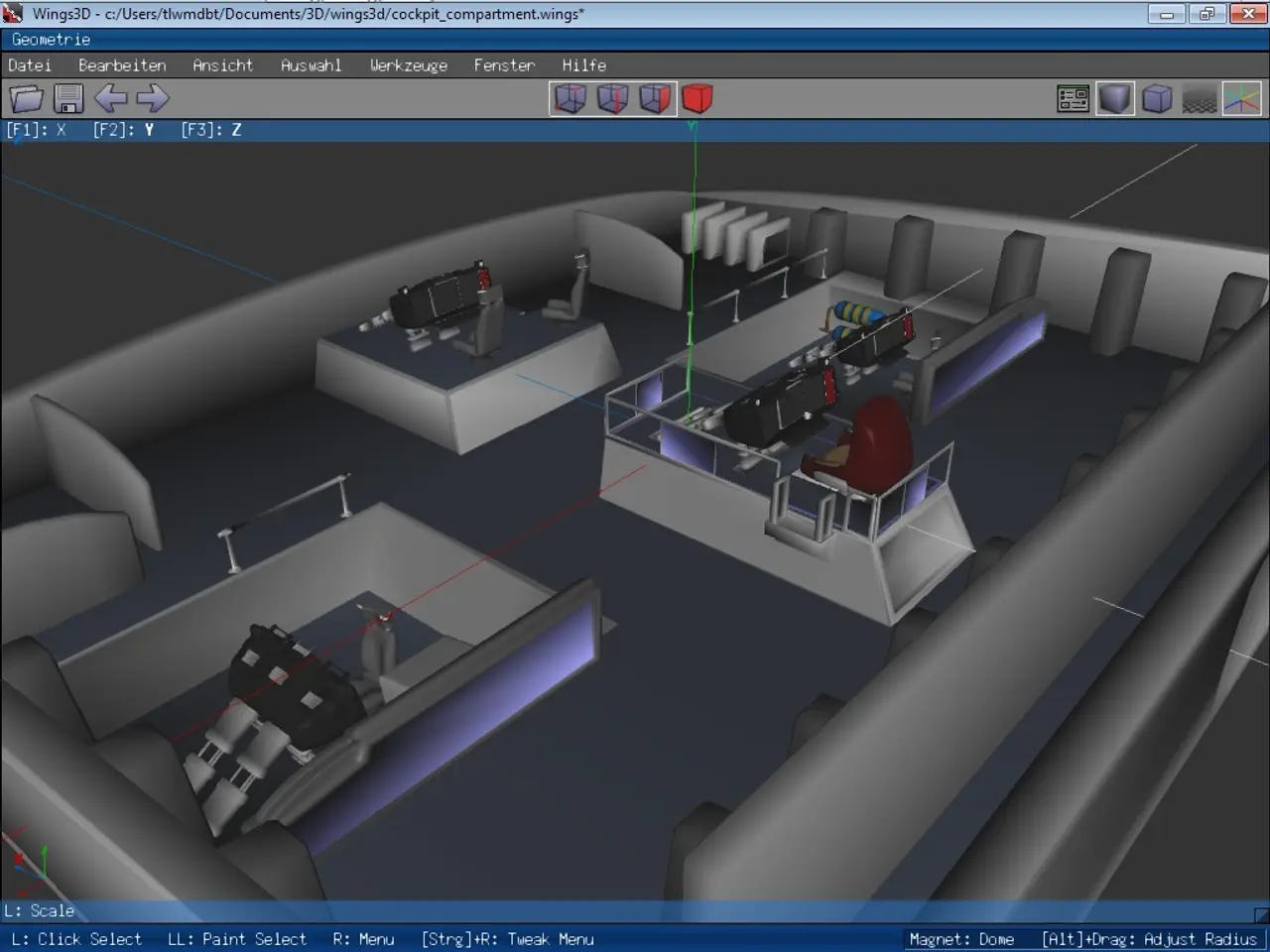Fast, AI-driven method pinpoints intricate characteristics of binary star systems swiftly
The Sun, our celestial host, presides over our solar system. But did you know that more than half of all Sun-like stars are found in binaries, pairs of stars orbiting a mutual centre of mass? Traditionally, measuring the properties of these stars has been a complex task, relying on detailed physical models that can take minutes to hours per system. However, a new development in artificial intelligence (AI) is making this process much more efficient.
A team of researchers has trained neural networks on vast databases of simulated star pair models. These AI models learn to predict observable properties such as light curves directly from the stellar parameters, enabling near-instantaneous inference compared to traditional physical simulation methods. This speedup, on the order of a millionfold, means we can analyze hundreds of thousands of binary systems in weeks, a task that would otherwise take centuries using classical computational methods.
The AI approach involves training the neural networks on millions of examples generated by physical models. These input parameters, such as stellar masses, radii, temperatures, and luminosities, correspond to simulated observational outputs. Once trained, the AI can predict observational characteristics for new binary systems instantly, bypassing computationally expensive simulations.
Studies have shown that AI predictions match the traditional physical model results over 99% of parameter space, confirming the robustness of the AI-driven model. This means the model can be deployed on all observed eclipsing binaries, revolutionizing the study of binary star systems.
The application of this methodology is not limited to binaries. It can be used in various fields such as weather forecasting and stock market analysis. The reduction in computing time means we can obtain fundamental properties for every eclipsing binary star ever observed within a month or two.
Observing eclipsing binaries allows astronomers to measure not only the masses and radii of stars but also their temperatures and luminosities. Kepler's harmonic law governs the motion of binary stars and connects three important quantities: the sizes of each orbit, the time it takes for them to orbit, and the total mass of the system.
Binary stars have been instrumental in our understanding of the universe. They have been used to measure the radius of stars, as their eclipses allow astronomers to find out the stars' radii using straightforward geometry. The more massive the star in a binary pair, the closer it is to the center and the slower it revolves about the center.
In conclusion, AI is replacing slow, iterative physics simulations with fast, learned mappings from star parameters to observations, enabling rapid and reliable characterization of stars in binary systems. This development will undoubtedly lead to deeper astrophysical insights and a better understanding of the universe.
[1] [Article citation 1] [2] [Article citation 2]
This article was originally published by The Conversation under a Creative Commons license.
- The breakthrough in artificial intelligence (AI) has not only streamlined the analysis of binary star systems but also holds potential for various fields such as weather forecasting and stock market analysis.
- Scientists have trained AI models to learn and predict observable properties of binary stars, like light curves, directly from stellar parameters, which is far more efficient than traditional physical simulation methods.
- AI models, trained on vast databases of simulated star pair models, can predict observable characteristics for new binary systems instantly, potentially revolutionizing the study of weather patterns and stock market trends with reduced computing time.




